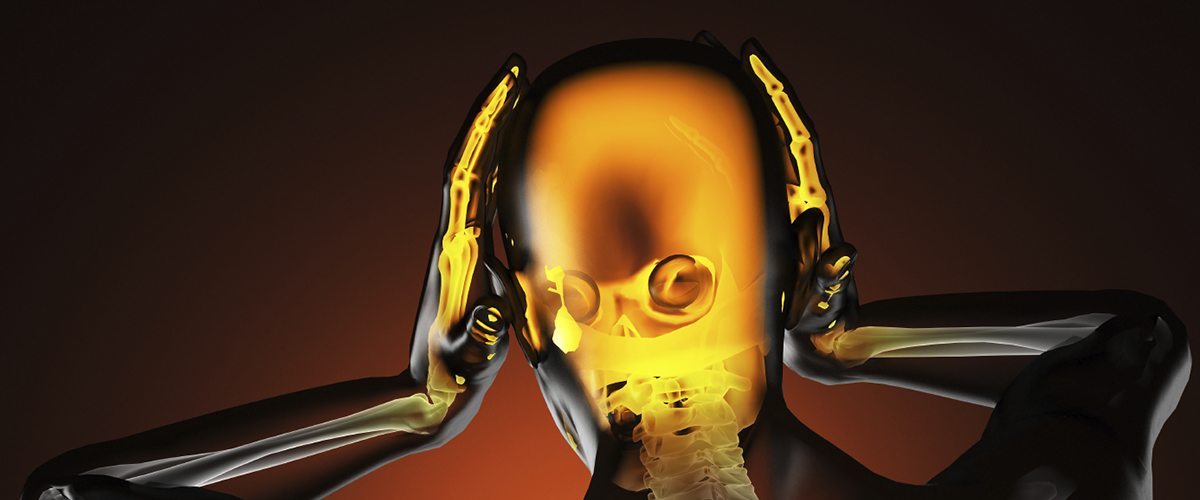The following information is presented for educational purposes only. Medical Marijuana Inc. provides this information to provide an understanding of the potential applications of cannabidiol. Links to third party websites do not constitute an endorsement of these organizations by Medical Marijuana Inc. and none should be inferred.
Chronic traumatic encephalopathy, or CTE, is a progressive degenerative disease found in contact-sport athletes and others with a history of repetitive brain trauma. Plant-based pharmaceutical company KannaLife Sciences is currently developing a cannabinoid-based medication to eventually prevent and treat the disease.
What is Chronic Traumatic Encephalopathy (CTE)?
Chronic traumatic encephalopathy (CTE) is a progressive degenerative disease caused by repetitive blows to the head. This brain trauma typically comes in the form of concussions, a type of brain injury caused by a sudden blow to the head that jolts the brain and causes bruising, blood vessel damage and nerve injury. The nerve axons become damaged and adversely affect cell-to-cell communication, which gradually causes the brain to atrophy, or waste away. In addition, deposits of the proteins tau and TDP-43, and changes in white matter, occur in response to the disease.
Athletes that participate in sports like football, ice hockey and professional wresting are susceptible to CTE. It was first noticed in boxers, but it’s now apparent that the disease affects athletes of various sports and today its known that its prevalence is alarmingly high. In the December 2015 issue of Acta Neuropathologica, researchers at Mayo Clinic reported that about 33% of contact sport athletes would develop CTE. The team of scientists analyzed brains of former male contact-sport athletes. “About one-third of these men whose brains had been donated to the Mayo Clinic Brain Bank had evidence of CTE pathology,” the researchers at the Mayo Clinic explained in a press release.
The repetitive trauma to the brain causes symptoms that don’t become noticeable until about eight to 10 years after the repetitive trauma injury and the outset of the disease. Eventually, those with CTE will experience memory loss, confusion, impaired judgment, impulse control problems, depression, aggression, and in some cases, dementia.
While some of the changes that occur in the brain due to CTE are visible with brain imaging, currently, a diagnosis can only be made after death and during an autopsy. Once the pathological changes have begun, however, they will continue to have an effect and will progress throughout an individual’s life.
Currently, there is no cure for CTE. Preventing head injury is the best way to reduce the risk of CTE. In addition, following a concussion, an individual should be sure to follow the proper recovery protocol to help prevent additional brain injury.
KannaLife Science’s Cannabinoid-Based Treatment for CTE
KannaLife Sciences, Inc., a plant-based pharmaceutical company, is actively developing a novel compound based on cannabinoids to treat CTE. The company is currently conducting research and development on sustainable hemp oil that is intended to act as a preventative and therapeutic modality for treating CTE and hepatic encephalopathy (HE).
KannaLife holds an exclusive license with the National Institutes of Health (NIH) for the Commercialization of U.S. Patent #6630507, “Cannabinoids as Antioxidants and Neuroprotectants.” While research on cannabinoids’ effect specifically on CTE is lacking, studies have demonstrated that a major cannabinoid found in hemp, cannabidiol (CBD), reduces the oxidative stress that occurs in the brain following a traumatic brain injury. It has also serves as a neuroprotectant by reducing swelling and neurological impairment, therefore limiting brain damage and facilitating recovery (Lopez-Rodriguez, et al., 2013) (Shohami, et al., 2011) (Castillo, et al., 2010) (Pazos, et al., 2013).
References
Castillo, A., Tolon, M.R., Fernandez-Ruiz, J., Romero, J., Martinez-Orgado, J. (2010, February). The neuroprotective effect of cannabidiol in an in vitro model of newborn hypoxic-ischemic brain damage in mice is mediated by CB(2) and adenosine receptors. Neurobiology of Disease, 37(2), 434-40.
Chronic traumatic encephalopathy. (2014, November 11). Mayo Clinic. Retrieved from http://www.mayoclinic.org/diseases-conditions/chronic-traumatic-encephalopathy/basics/definition/con-20113581.
Evidence suggests contact sports played by amateurs increase risk of degenerative disorder. (2015, December 1). Mayo Clinic. Retrieved from http://newsletter.carehubs.com/t/ViewEmail/j/2B6E3073A3AD413C/59F3204D88C0AFA89A8E73400EDACAB4.
Karantzoulis, S., and Randolph, C. (2013). Modern chronic traumatic encephalopathy in retired athletes: What is the evidence? Neuropsychology Review, 23, 350-360.
Ling, H., Kara, E., Revesz, T., Lees, A.J., Plant, G.T., Martino, D., Houlden, H., Hardy, J., and Holton, J. (2014). Concomitant progressive supranuclear palsy and chronic traumatic encephalopathy in a boxer. Acta Neuropathologica Communications, 2, 24.
Lopez-Rodriguez, A.B., Siopi, E., Finn, D.P., Marchand-Leroux, C., Garcia-Segura, L.M., Jafarian-Tehrani, M.H., and Viveros, M.P. (2013). CB1 and CB2 cannabinoid receptor antagonists prevent minocycline-induced neuroprotection following traumatic brain injury in mice. Cerebral Cortex. Retrieved from http://cercor.oxfordjournals.org/content/early/2013/08/19/cercor.bht202.abstract.
McKee, A. C., Cantu, R. C., Nowinski, C. J., Hedley-Whyte, E. T., Gavett, B. E., Budson, A. E., Santini, V.E., Lee, H.S., Kubilus, C.A., and Stern, R. A. (2009). Chronic Traumatic Encephalopathy in Athletes: Progressive Tauopathy following Repetitive Head Injury. Journal of Neuropathology and Experimental Neurology, 68(7), 709–735.
Pazos, M.R., Mohammed, N., Lafuente, H., Santos, M., Martinez-Pinilla, E., Moreno, E., Valdizan, E., Romero, J., Pazos, A., Franco, R., Hillard, C.J., Alvarez, F.J., Martinez-Orgado, J. (2013, August). Mechanisms of cannabidiol neuroprotection in hyopoxic-ischemic newborn pigs: role of 5HT(1A) and CB2 receptors. Neuropharmacology, 71, 282-91.
Shohami, E., Cohen-Yeshurun, A., Magid, L., Algali, M., & Mechoulam, R. (2011). Endocannabinoids and traumatic brain injury. British Journal of Pharmacology, 163(7), 1402–1410.
Tartaglia, M. C., Hazrati, L.-N., Davis, K. D., Green, R. E. A., Wennberg, R., Mikulis, D., Ezerins, L.J., Keightley, M., and, Tator, C. (2014). Chronic traumatic encephalopathy and other neurodegenerative proteinopathies. Frontiers in Human Neuroscience, 8, 30.
What is CTE? (n.d.). BU CTE Center. Retrieved from http://www.bu.edu/cte/about/what-is-cte/.






